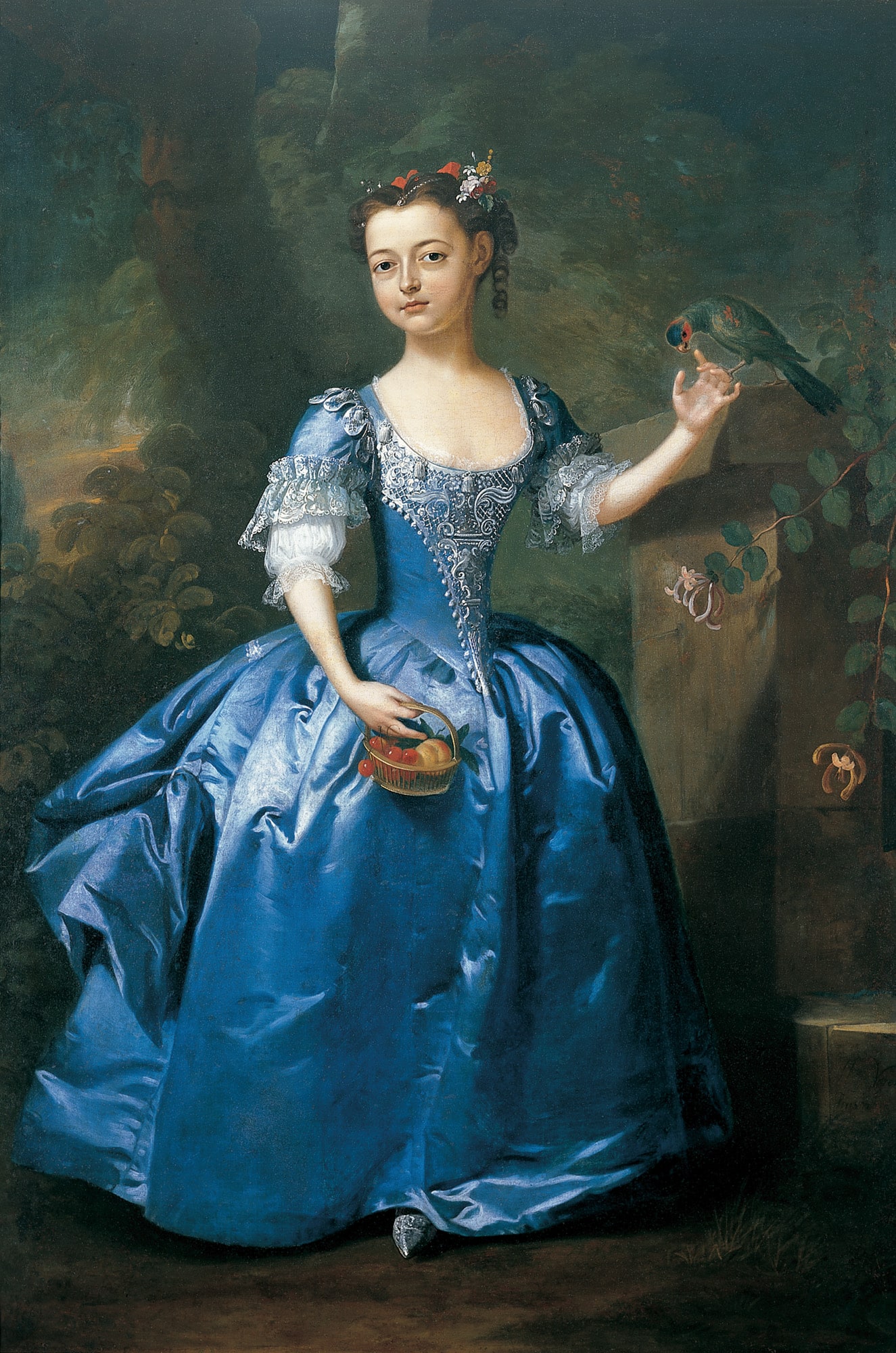Could artefacts "get sick" as we do? But do they have "doctors" too? Why is our cultural heritage valuable, and how can we protect it? This workshop seeks answers to such questions with an approach that is sensory experience-oriented, while the kind of work done to protect the artefacts in the background of museology is experienced together with the children. With an interdisciplinary structure, the "protection" area, which provides a colourful gamification opportunity for children, is discovered through fun videos, digital games, puzzles, experiments and creative drama activities.
Instructor: Studio Cultia - İdil Bilgin
Capacity: 12 people
Duration: 90 minutes
Fee per workshop: 300 TL
The event will take place at the Pera Museum (face-to-face).
For more information: ogrenme@peramuzesi.org.tr

This life-size portrait of a girl is a fine example of the British art of portrait painting in the early 18th century. The child is shown posing on a terrace, which is enclosed at the right foreground by the plinth of a pillar; the background is mainly filled with trees and shrubs.
Tuesday - Saturday 10:00 - 19:00
Friday 10:00 - 22:00
Sunday 12:00 - 18:00
The museum is closed on Mondays.
On Wednesdays, the students can
visit the museum free of admission.
Full ticket: 300 TL
Discounted: 150 TL
Groups: 200 TL (minimum 10 people)